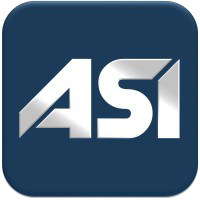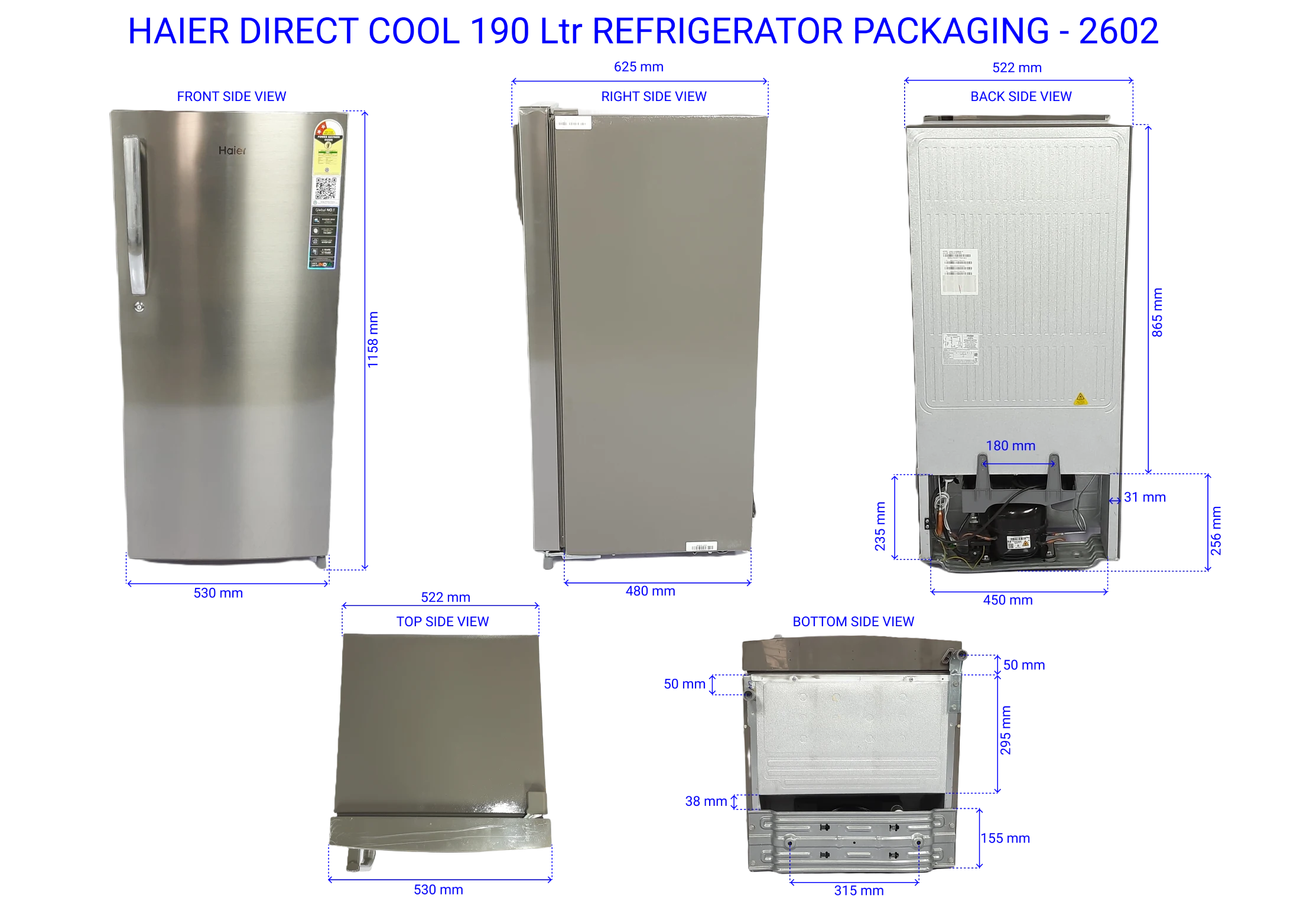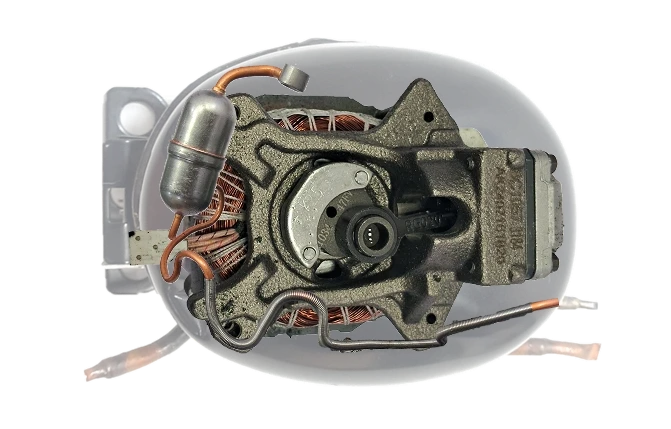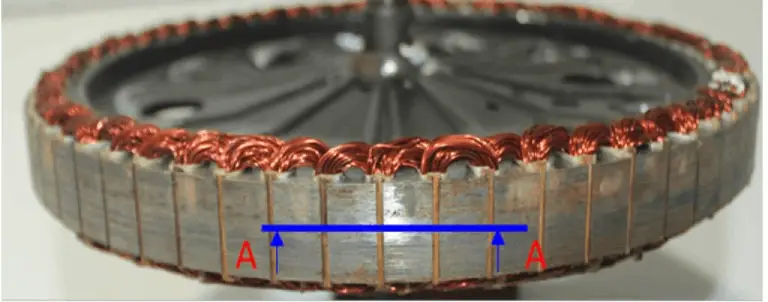Home Appliances
ASI Engineering is one of the few dedicated cost engineering teams in the world serving home appliance makers as a major part of their business. For over five years, we've enabled organization-wide should costing and cost reduction across all products using our proprietary platforms, xcPEP and xcPROC.
Since 2021, xcPEP has been constantly upgraded incorporating needs of home appliance makers - tackling higher percentage of proprietary parts, large number of SKUs, shorter product lifecycles and competition from vertically integrated Chinese brands.
Cost Models
And more products torn down and costed
And more data points
Below are turnkey services where we collaborate with home appliance makers on focused cost initiatives. All services are delivered using xcPEP and xcPROC.
Should Costing
We build full product or part-level should-costs for assemblies like compressors, motors, PCBs, and housings using CAD, teardowns, and supplier RFQs.
Cost Reduction Studies
We benchmark your appliance with competitor across cost drivers to generate cost reduction ideas.
xcPEP Deployment
We configure xcPEP to your products, suppliers, and locations, building custom raw material, MHR, and LHR datasets.
Cost Lab Build-Operate-Transfer
We set up a cost lab, create SOPs, train your team on live projects, and ensure it's fully operational.
Deployment & Cost Lab BOT are services where ASI Engineering team ensures xcPEP is configured and used effectively.
How are we different?
We build cost engineering technology. Our core products, xcPEP for should cost modelling and xcPROC for cost data, form a powerful ecosystem supported by engineering services that speed customer adoption. While we may resemble consulting or benchmarking firms, the similarity is only superficial; our strength lies in the technology we create.
|
ASI vs. Management Consultants vs. Benchmarking Companies
Approaches to Cost Optimization for Home Appliance Manufacturers
|
||
| ASI – Engineering-Led Cost Transformation | Management Consultants | Benchmarking Companies |
|---|---|---|
| Engineering-led cost transformation using xcPEP & xcPROC, tailored for Home Appliance makers. Focus on sustainable, structural cost reduction across full product lifecycles. | Strategy-focused consulting aimed at solving isolated problems. Engagements are billable-hour driven and often lead to recurring cost challenges. | No pre-existing home appliance database. Deliverables based on expensive, one-off teardown or reverse-engineering projects. |
| Transparent Should Costing for every part, adapted to each manufacturer’s supply base and production process. Highly detailed, data-driven simulations enabling targeted cost-reduction initiatives. | Relies on SME expertise and generic industry data. Often produces incremental changes without addressing systemic cost drivers. | Costing often based on simplistic formulae from limited teardown samples. Insights rarely capture the nuances specific to home appliance manufacturing like large number of SKUs, global supply chains, relatively smaller production volumes and shorter product lifecycles. |
Proprietary platforms:
|
General financial models and operational frameworks. Lacks manufacturing-specific cost simulation capabilities. | Uses ad-hoc analysis tools for each engagement. No scalable platform for repeatable, accurate cost estimation. |
| Measurable, sustainable cost reductions with direct impact on margin and competitiveness. | Recommendations improve current state but may not deliver optimal or lasting results. | Outcomes are slow, costly, and often fail to justify the investment. |
| Rapid portfolio-wide analysis with live costing tools – weeks, not months. | Multi-month projects from start to final report. | Slow, custom project timelines with long lead times for any usable insights. |
Our Core Objective
|
Engineering Led Cost Transformation
Of Home Appliance Makers
|
||
| Challenge | ASI Solution | Value |
|---|---|---|
Key Challenges
|
Our Framework
|
Business Impact
|
| Core Technology Platforms | ||
|
xcPROC Procurement Intelligence
|
xcPEP Costing Engine Precise Should Costing
|
xcPEP Idea Module Automated Design & Commercial Idea Generation
|
| Build - Operate - Transfer Engagement Model | ||
|
Phase 1: Build Detailed Should-Costing Foundation
|
Phase 2: Operate Idea Generation & Implementation
|
Phase 3: Transfer Cost Engineering Function Handover
|
|
|
|
| Deliverables & Outcomes | ||
Immediate
|
Medium-Term
|
Long-Term
|
Product Studies
Our engineers regularly undertake internal projects on products of interest. These initiatives help enhance our solutions for specific product categories and also generate demo data for customers to evaluate. Below are blogs showcasing the outcomes of these studies.




